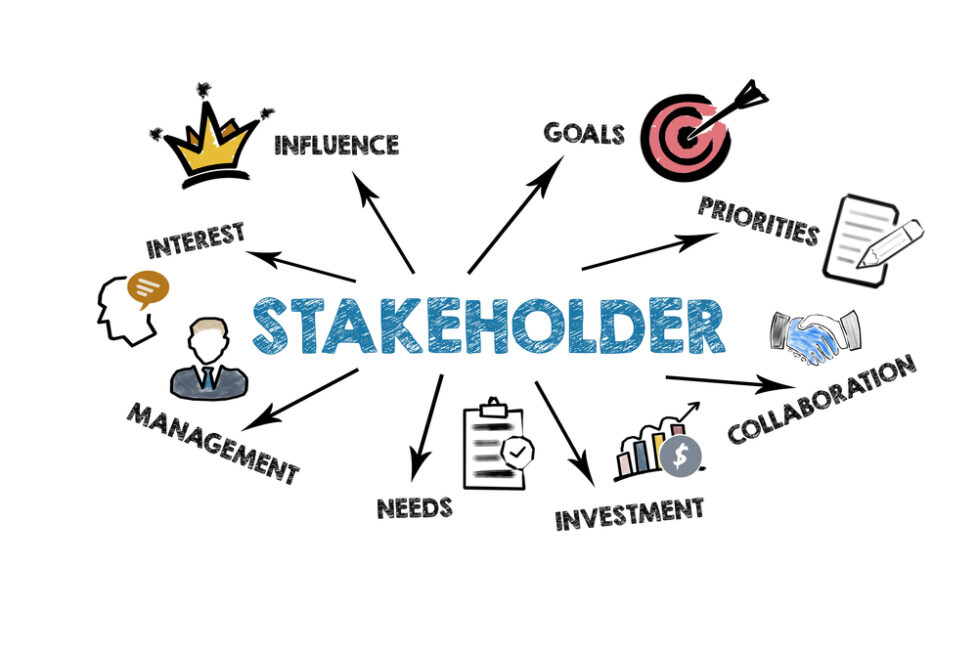The Importance Of Evaluating Stakeholder Influence In Project Management


LINKS TO CONTENT
ToggleUnderstanding how interested or affected stakeholders leverage this power and influence on a project is crucial in project management. Stakeholders, individually or as a group, have varying power and influence capabilities that can significantly change the direction of a project. Assessing these dynamics effectively is key to being able to quantify potential roadblocks and declare success for the project. This article will look at ways in which stakeholder influence can be evaluated through examples to give rise to an application in reality.
One of the basic techniques of measuring stakeholder influence is plotting their power and interest. It involves picking out stakeholders, classifying them according to the power they hold, and the level of interest they have in the project. One type of device for this is the power-interest grid. This grid plots stakeholders based on their power, which means the ability to influence the project and the level of interest expressed concerning the project.
For instance, large-scale urban development projects will have high-power stakeholders, including city officials and large investors, controlling funding and regulatory approvals for crucial decisions. Low-power stakeholders could be residents, usually having a stake but little influence. Mapping these stakeholders enables project managers to be more specific and targeted with their engagement strategies, further enabling them to prioritize high-power stakeholders, as their support or opposition towards a project would determine its fate.
Stakeholder analysis is an in-depth study of stakeholders’ needs, expectations, and potential project impact. It may involve various techniques, such as interviews, surveys, and workshops, which seek to gain insights into the views and concerns of the stakeholders. The analysis of the yielded information helps the project manager understand the motivation and risks at a personal level with the individual stakeholders.
For instance, oil and gas land management software is an essential tool in stakeholder impact assessment within the oil and gas industries. These specialized tools support land use and ownership management with the stakeholders in mind. For example, oil and gas land management software keeps track of their land leases, mineral rights, and environmental regulations that impact planning and execution.
Changes in stakeholder power and influence can also change with time, especially during project progress. It is essential to assess such shifts from time to time when developing changing strategies with engagement. This includes monitoring changes in interests, influence, and alliances that stakeholders undergo throughout the life cycle.
For example, when developing a new technology platform, the first stakeholders would be the technical teams and product managers. As the project nears delivery, the end-users and customer service teams become more powerful stakeholders. It is the responsibility of the project manager to adjust his game plan to include new issues and capitalize on new allies.
Feedback from stakeholders can be collected and analyzed to understand their impact on the project. These can be gathered through structured feedback mechanisms such as surveys, focus groups, and feedback forms. Such feedback analysis identifies the trends, forensic issues, and areas where the influence of stakeholders may need to be managed.
Consider a software development project; user feedback identifies the most serious issues with usability. This could suggest that end-users hold a great deal of influence over the success of a project. Addressing these concerns and making the necessary adjustments can improve user satisfaction and the project’s overall outcome.
Analysis of stakeholder influence is a core aspect of project management. This is characterized by methods such as mapping of power and influence, analysis of stakeholders, shifting influence assessment, and feedback analysis. Using such methods and learning from various case examples, project managers will be better placed to handle these stakeholders. They will avoid multiple challenges that could arise in any given project. Understanding and managing stakeholder impact is instrumental to risk mitigation. It also ensures the effective implementation of projects to the satisfaction of the parties involved.
